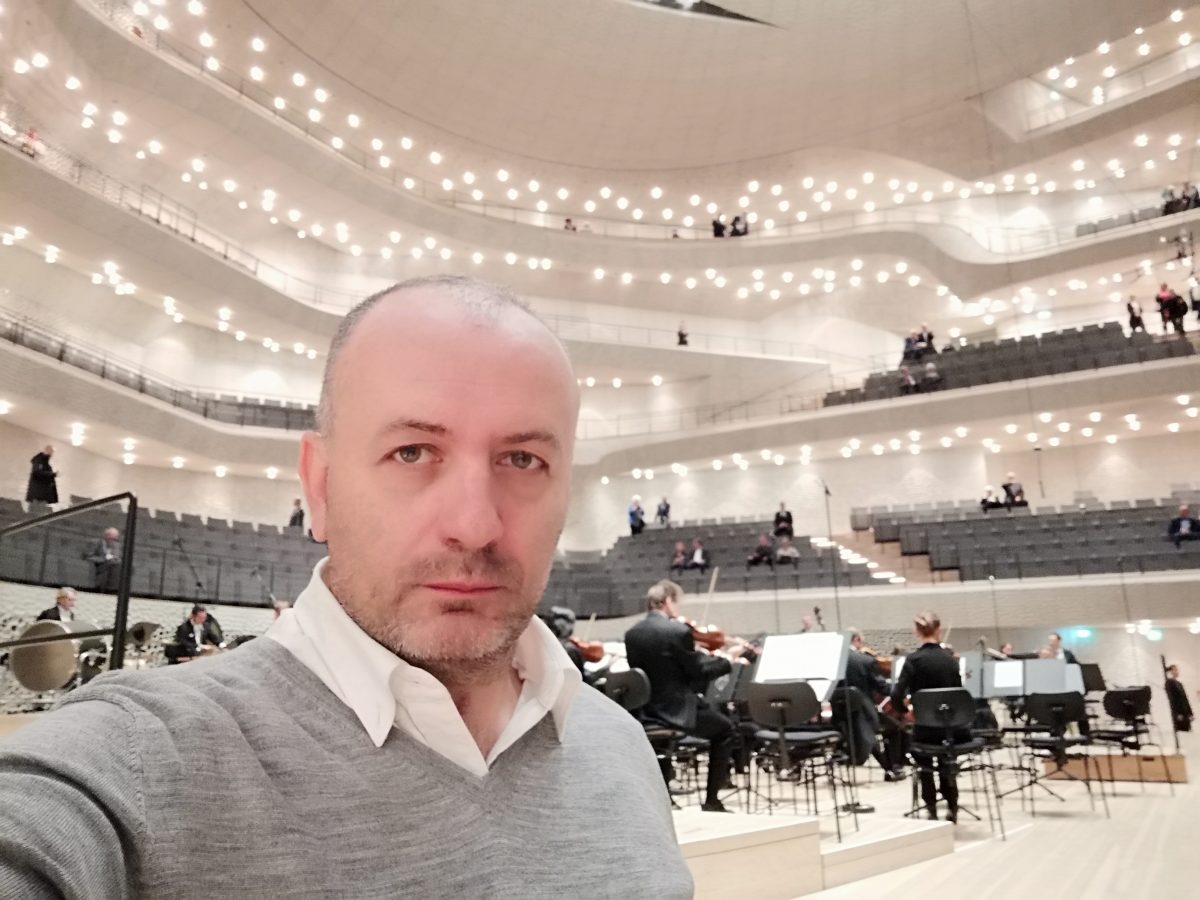The only good thing that happened during the quarantine was that everyone started reading more again

One of the most overused paraphrases of the past year „The culture of living in the year of the coronavirus“ was coined in parallel to “Love at the Time of Cholera”. So, exactly one year after the beginning of this continuous quarantine marked by limited freedom of movement, if we were to sum up everything and draw the line in the sand about the vice versa art of survival, it would go something like this…
Through the climax of emotions and impressions, we will remember 2020 and 2021 for the very recent event – the passing of Djordje Balašević – who was not only a mere singer-songwriter but a boundary stone of a former country and its uninterrupted cultural duration and linguistic space. Symbolically speaking, he was the last and the grandest of artists to die in a series of deaths during the ugliest possible time to die which started with the death of Neda Arnerić, followed by the passing of Mira Furlan, Goran Paskaljević, Vojkan Borisavljević, Dušan Jovanović and Igor Vuk Torbica, novelist Branimir Šćepanović and poet Milutin Petrović, as well as famous musicians Rajko Dujmić, Kićo Slabinac and Džej, and the ex-Yugoslav acting bards from Croatia, Mustafa Nadarević, Špiro Guberina and Pero Kvrgić. So on and so forth, all the way to the pre-clinical death of the music club scene, especially the most fragile music genre – jazz. From the small and big concerts to the 20th jubilee EXIT festival which we missed out on last year.
The initial enthusiasm of the museum reaffirmation through the new/old National Museum and Museum of Contemporary Art is hibernating again
The theatre did not fare any better as the last bastion of living culture that successfully resisted its migration to the online space of Tik Tok, YouTube, Twitter, Instagram, Facebook, Netflix and HBO. If anything permanently changes theatre as a form as such, it will be the coordination that will adapt the repertoire of the capital city’s theatre scene to Telekom’s hyper-production of TV feature series in the post-pandemic period. They are really one of the two positive things that have happened, with a regenerated standard and content throughout all of their main episodes. From „Ubice Mog Oca“ („My Father’s Killers“) and „Službenik“ („The Civil Servant“) through to „Tajkun“ („The Tycoon“), „Hrvatske Novine“ („The Croatian Newspapers“) and „Močvara“ („The Swamp) to „12 Reči“ („12 Words“), „Mama i Tata se Igraju Rata“ („Mum and Dad are Playing War“) and „Kosti“ („Bones“). Not to mention the phenomenon that is the high ratings of the genre that is new telenovelas such as „Igre Sudbine“ („The Games of Destiny“) and „Tajne Vinove Loze“ („The Vine Secrets“).
Yet, what is so obvious is a new transparent cultural paradigm that is embodied in two large-scale state projects – the Stefan Nemanja monument and the film „Dara from Jasenovac“. But instead of becoming elements of national cohesion, they seem to have become a point of typical pro et contra division of public opinion. Moreover, the reasons for this are not ideological in nature, but an aesthetic dispute over artistic or urban achievements and postulates. That’s a pity because the first staff and organizational changes made by the new Culture Minister, Maja Gojković (the appointment of the famous, reputable writer Vladimir Pištalo as the general manager of the National Library of Serbia and Marijana Kolarić, the curator of the most referential private gallery „Novembar“, as the director of the Museum of Contemporary Art) really instil hope.
Another promising initiative also comes from that milieu, i.e. from the publisher of Diplomacy&Commerce magazine, Robert Čoban, and that is for the Serbian state authorities to begin fostering an infrastructurally organized approach and start to take care of Serbia’s cultural heritage after 75 years of its devastation and decay. The renovation of castles in Vojvodina, as immovable goods, is a Sisyphean task that does not bring instant political points. But a new beginning of the revitalization of the oversized agenda is possible, where the so-called archaeology of two centuries of industrial construction, which suffered the most in the two-decade-long uninterrupted transition, has been put on hold. The initial enthusiasm of the museum reaffirmation through the new/old National Museum and Museum of Contemporary Art is hibernating again. In the middle of the pandemic, the rediscovered Serbian province opened our eyes and we saw that our best collections are not stored away in depots, but are actually displayed in smaller towns.
In fact, the biggest job of the new cultural policy should be to completely reform the national museum concept and transform factory architecture into new spaces not only meant for exhibition purposes, but also for the vitality of institutions. Thus, for the time being, the only valuable mention is the retrospective of Vlaho Bukovac’s paintings at the SANU gallery, and the obvious deficit of capacity to mark the 100th anniversary of the domestic avant-garde in a dignified way, that is Ljubomir Micić’s movement and the magazine Zenit. In such a context, Novi Sad, as the European capital of culture, gained an additional year. As I noted before, the city only now realizes the magnitude of loss following the departure of Djordje Balašević. Finally, the second good thing that happened during the coronavirus-induced quarantine was that everyone started reading more again, so the cancelled Book Fair became our permanent psychotherapy.